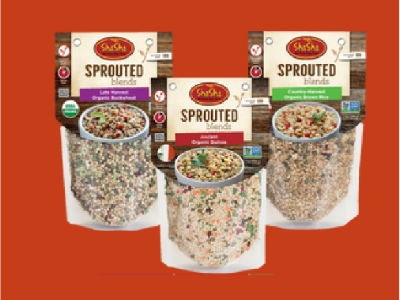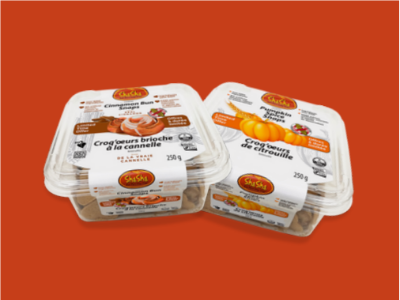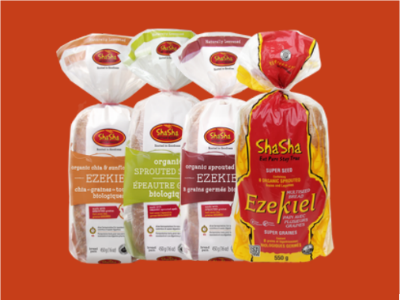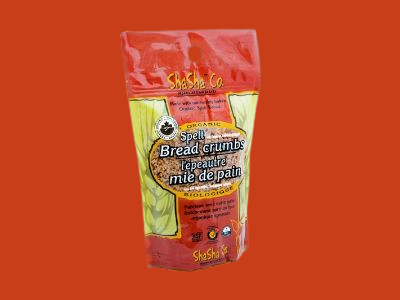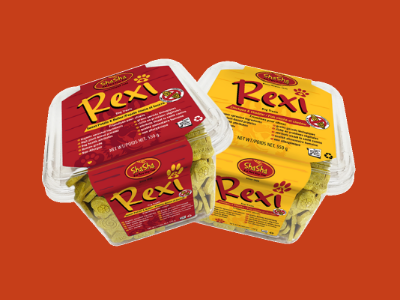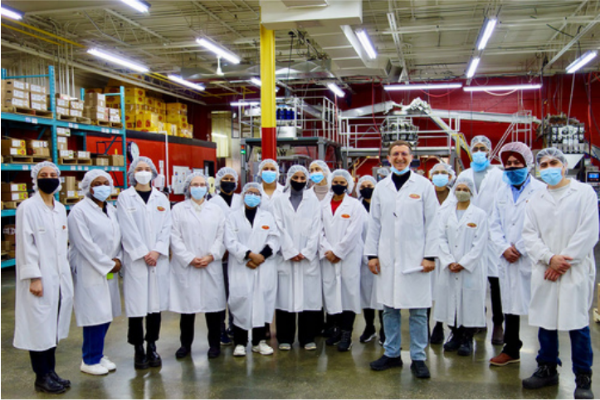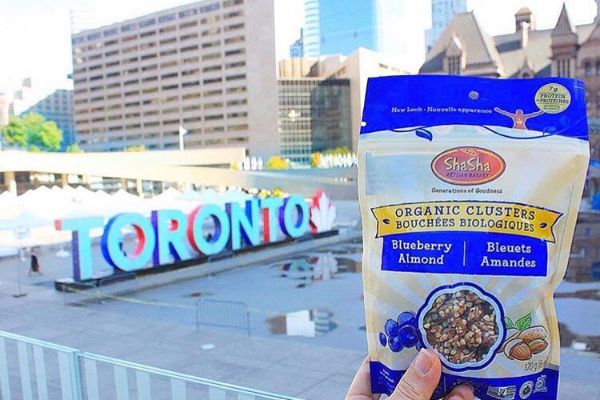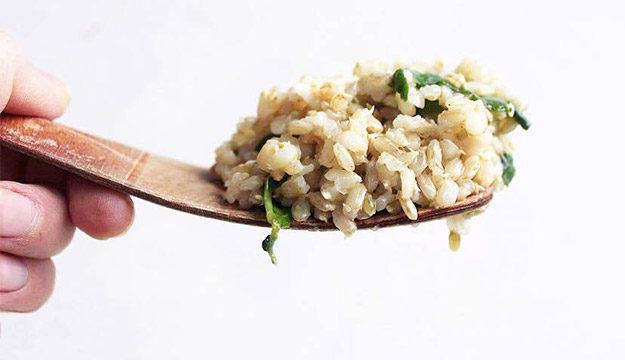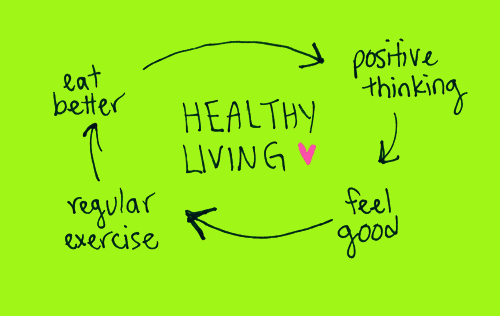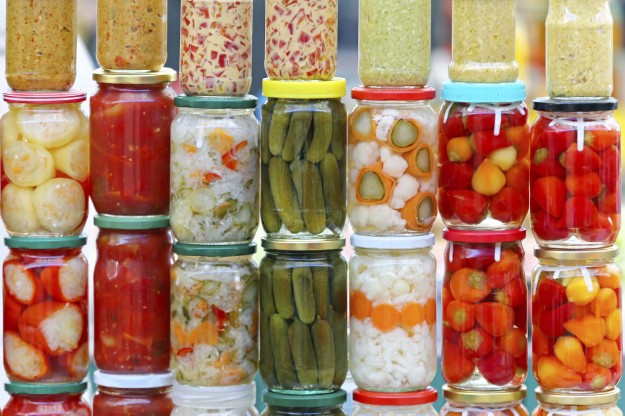Prebiotics and Probiotics explained
 Probiotics are microscopic bacterial organisms that, when consumed in the right quantities, are beneficial to the host (that’s you!) There are many different kinds of bacteria that make up the probiotic family and they can mostly be found in fermented foods such as yogurt and soy yogurt.
Probiotics are microscopic bacterial organisms that, when consumed in the right quantities, are beneficial to the host (that’s you!) There are many different kinds of bacteria that make up the probiotic family and they can mostly be found in fermented foods such as yogurt and soy yogurt.
There are 20 times more bacteria than there are cells in your body. In fact, up to a pound of your bodyweight can be attributed to these diminutive beasties. Not all bacteria are good, and it’s suggested that you maintain an 85% good to 15% bad bacteria ratio – a level that few of us meet.
Lactic acid bacteria, bifid bacteria, yeasts and bacili are all microbes that fall under the probiotic banner. Where probiotic microbes appear in abundance, the host enjoys improved health through inhibiting the growth of toxin-producing bacteria and pathogens. People who are prone to gastro-intestinal and bowel disease find that their symptoms are vastly diminished when they consume healthy amounts of probiotics which also known as friendly flora.
Our friendly flora friends help to digest food and contribute significantly to the absorption of nutrients. The presence of probiotic bacteria help to balance the bacteria in the urogenital area which reduces the risk of bladder and vaginal infections. They may even help to combat allergies and bad breath and reduce the severity of eczema and flu symptoms.
Karen Madsen, professor of gastroenterology at the University of Alberta, has been studying the positive impact probiotics have on patients who suffer from inflammatory (irritable) bowel disease.
“We used to eat a lot more fermented foods that contain beneficial bacteria, but now we are getting hardly any. Probiotics modulate the immune system, which is disregulated in patients with IBD,” says Madsen. “They can also help the immune system fight off conditions such as infectious diarrhoea.”
Probiotics occur in fermented foods such as yogurt and certain cheeses. Probiotics die when exposed to heat, so pizza or grilled cheese sandwiches are still not healthy (sorry!) Check packaging to ensure that your brands have probiotic bacteria – not all brands do. Ingesting sufficient amounts of probiotics should be part of your weekly routine as they don’t last forever. If you are lactose intolerant, try soy yogurt. You can also get probiotic supplements from your local health food store in pill or powder form.
It is especially important to get your weekly bacterial input when you are taking antibiotics. Antibiotics do just what the name implies; they kill all the bacteria in your body, both good and bad. This reduces your body’s ability to fend off the bad bacteria, reduce toxins, digest food and absorb nutrients.
 Remember to feed your probiotic bacteria on a steady prebiotic diet. Grains are an excellent source of the kind of fibre your probiotics love. Choose whole grain breads and other healthy, natural carbohydrate sources.
Remember to feed your probiotic bacteria on a steady prebiotic diet. Grains are an excellent source of the kind of fibre your probiotics love. Choose whole grain breads and other healthy, natural carbohydrate sources.
Together the dynamic duo of probiotic bacteria, and the prebiotic fibre that keeps them alive, help to make you the host with the most. Make sure you get your enough happy, friendly flora in your diet today.

